Black Panther's Costumes Represent the Heart of the Movie: Unapologetic Blackness
The movie takes visual blackness one step further, committing itself to a stunningly stylish aesthetic.
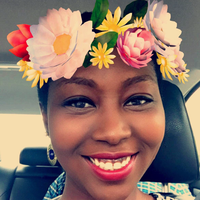
Black Panther is a beautiful film.
There are far too many reasons to fully explain why. Friday is the movie's world premiere, and it's already boasted the highest grossing advanced ticket sales for any superhero film on record. Early reviews have been overwhelmingly positive, shared among fans with trending hashtags like #BlackPantherSoLit and #WhatBlackPantherMeansToMe. Several "Black Panther Challenges" have been created to help underprivileged black and brown students see it for free, eliciting numerous and wonderful displays of joy.
"The beauty of Black Panther can be found in its overwhelming, groundbreaking, and unapologetic blackness."
And there's more to this surge of excitement than pure geeky pleasure. For a diverse community of fans, the beauty of Black Panther can be found in its overwhelming, groundbreaking, and unapologetic blackness. As a young black woman, it's taken me months to really comprehend the significance of this film. Few movies can boast even one token character or even crew member of color, despite all the social progressiveness we claim in 2018. For an international franchise to dedicate itself to such plentiful representation is a painfully rare and appreciated surprise.
When I saw the first advanced screening of Black Panther this month, a multitude of brown and black faces reflected back to me from the screen. I was arrested in my seat, mesmerized by the fantastic reality before me. But this film takes its visual blackness one step further, committing itself to a stunningly stylish aesthetic.
We’ve been teased about Black Panther's vibrancy since the first trailer premiered at last year’s San Diego Comic-Con; bright colors accentuating the unique tones of black skin, delicate gowns and jewelry adorning queens and warriors alike, and a superhero costume cut as majestically as a fine three-piece suit.
It helps that a true champion of black fashion was chosen to costume the movie. Ruth E. Carter has spent thirty years perfecting the craft of design, with an expansive filmography that includes seminal works in the black canon like School Daze and Love & Basketball.
In dressing Black Panther's fictional world of Wakanda, Carter used one important question to guide her: If Africa wasn’t colonized, what would it look like? First, as Carter told me during our interview, the movie still "needed to immediately feel like it was in Africa." And no, that didn't mean focusing on the monolithic narratives of poverty and stagnation in the continent, commonly telegraphed in the media through dirty and tattered clothing.
Stay In The Know
Get exclusive access to fashion and beauty trends, hot-off-the-press celebrity news, and more.
"People enjoyed craftsmanship, long before there was internet and all the gadgetry we have now."
"Africa is a humongous continent, with different people that live all around in East Africa, West Africa, North Africa, Sub-Saharan Africa, South Africa, and Cape Town," she explained. "They all have an amazing aesthetic that’s different from the next; it’s not all one big place. I knew that going into the design process, and I wanted to use those divisions to present Wakanda in its own glorious way.”
Africa’s demographic diversity played a large role in the mythos of Black Panther. Wakandan history credits the birth of the nation to five distinct tribes, who discarded their previous antagonisms to form a united community. In order to develop this fictional history of intercontinental cultural exchange, Carter and her team took frequent trips around the continent and familiarized themselves with numerous real-life indigenous tribes.
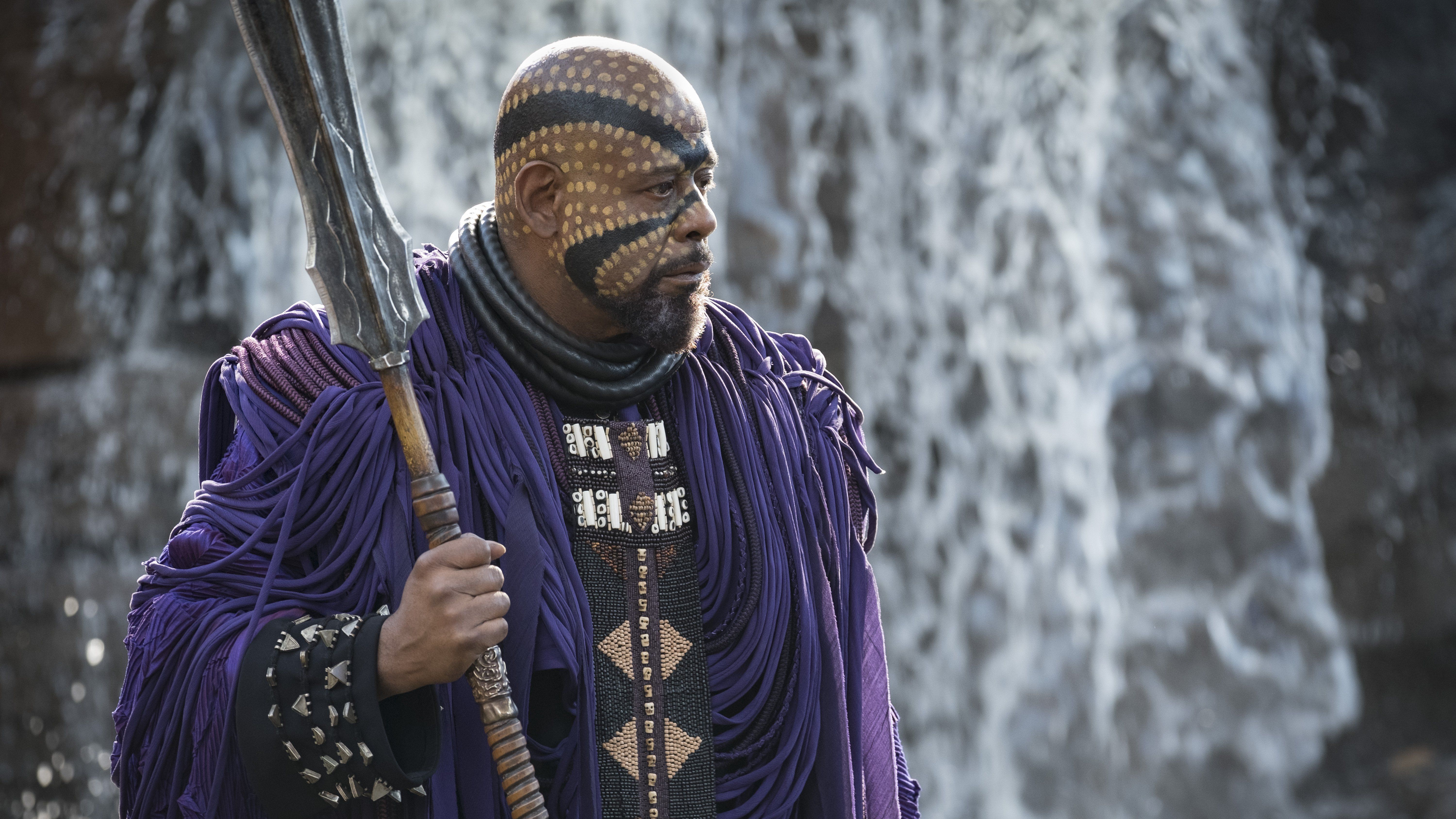
“What I did was look at Masaai beadings, Ndebele neck rings, Himba leather work—among other influences—and I infused all of that into the design process," said Carter. "But we didn’t want to stop there and make it seem like a documentary. We wanted to move it forward, and use those influences in new ways. We wanted to show how Wakandans reconstitute the way the Himba use the leather and put it on the Dora Milaje, and have the neck rings that the Dora Milaje wear look like jewelry, while still really honoring African history."
"Make no mistake: we are forever unable to go back to the old ways that blackness has been represented in the media."
This reconstitution is another important theme that guided Carter’s work (Wakandans are incredibly skilled at inventively repurposing materials), most notably in the way she included the fictional metal Vibranium in their clothing and jewelry.
"There are these beautiful blankets that the Basotho tribe in South Africa are known for, and that influence is in Black Panther," said Carter. "We actually printed adinkra symbols all over one side of the blankets in silver like it’s Vibranium, so we could show that the border tribe use their blankets as their shields. That’s one way I tried adapting Vibranium for a modern Wakanda."
But there's no greater use of Vibranium as fashion than in T’Challa’s Black Panther suit. Carter has given it a fresh new upgrade since its days battling the superhero community in Captain America: Civil War.
"I looked at DC’s Man of Steel, and I noticed how Superman’s muscles were made of steel, and the outermost layer—which is like the top skin—was a little thinner so that you could see the silver steel muscles come through. The muscles were kind of magnificent in their brilliance, so I thought that would be a really cool way of showing the Vibranium in the new Black Panther suit. It’s supposed to be thinner, lighter and more high-tech."

The result of Carter’s extensive research is a bold, Afrofuturistic blend of cutting-edge modernity with explicitly traditional appeals. And while the people of Wakanda differ in their aesthetics—more traditional villagers along the border have subtle Vibranium styling influences, while those in cosmopolitan cities look like they just stepped off a New York Fashion Week runway—they're clearly connected as one nation thanks to Carter’s overarching concept. Finding ways to display the intermingling of past and present in Wakandan fashion was her favorite design challenge; a lesson about the continuous and evolving nature of black history, all dressed up in colorful fabrics and jewels.
"I think all people enjoy looking at ancient tribal traditions, and people enjoyed craftsmanship long before there was internet and all the gadgetry we have now," said Carter. "Craftsmanship is so detailed in ancient history, so it’s easy to retranslate that into a modern form. It’s just like someone today wanting to mix a vintage piece with modern accessories. It enriches the whole idea of the styling and creates this world where we can actually see where style is rooted, and then understand the modern reuse of those traditional craft pieces and what that means."
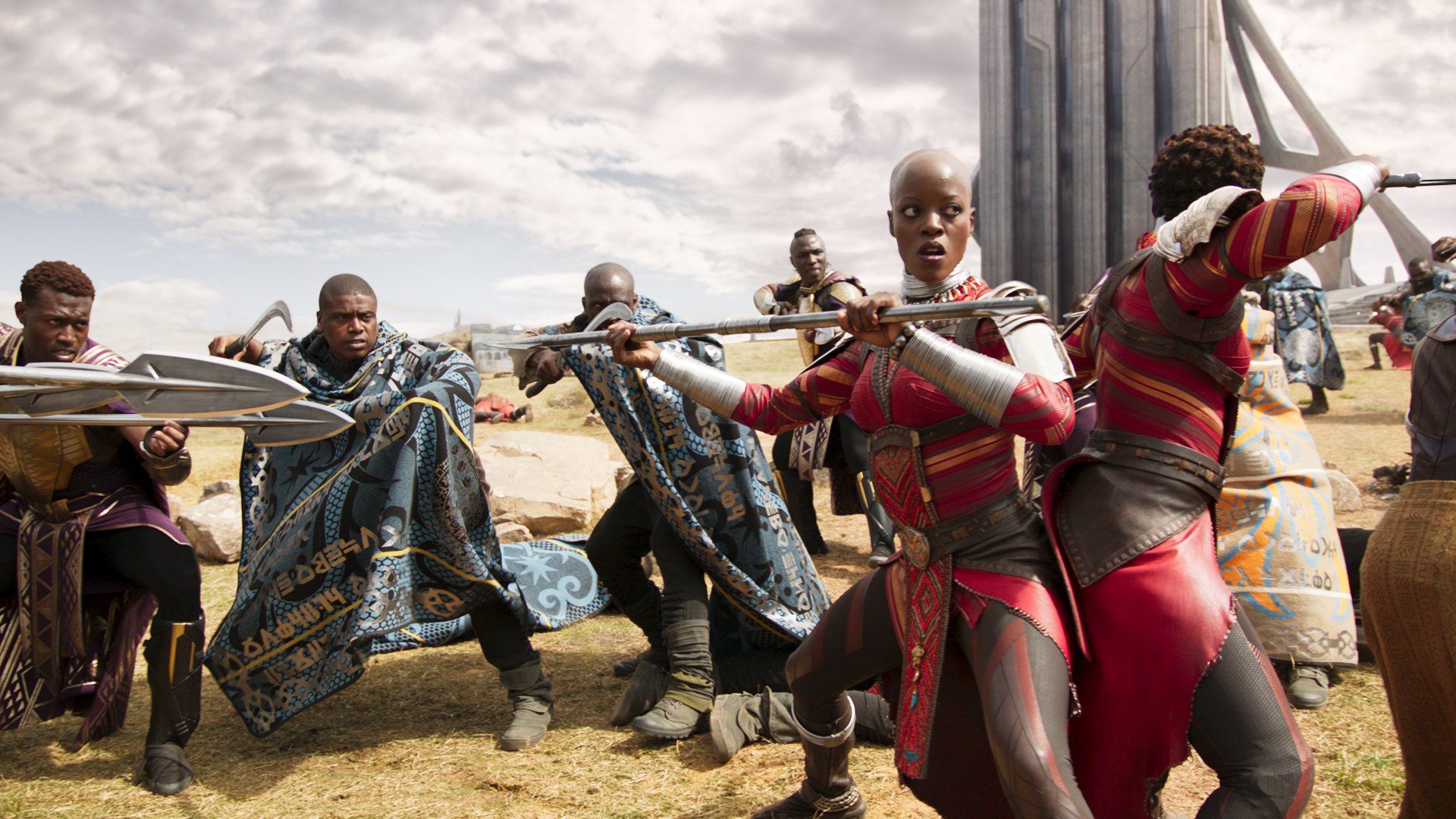
But focusing on the details of specific fashion items was only part of Carter’s job on Black Panther. Her richly diverse styles also had to be distinct to individual characters, a consideration that's complex when it comes to black people on screen. The misrepresentation of blackness in media is a tale as old as time: Black characters rarely show up at all, and in the rare moments that they do, they're rendered as inauthentic and uninformed caricatures. Audiences encounter these black characters as aggressive street thugs, sassy barely clothed vixens, slaves, maids or low-paid service workers, and other quick and easy stereotypes.
But Boseman’s T’Challa is anything but a stereotype in Black Panther. Following the death of his father and the former king of Wakanda, T’Challa is a rising royal leader trying to navigate his new responsibilities. Carter emphasized the need for him to project his powerful new status through fashion, saying, "Everything had to be elegant. I wanted to keep the body conscious form in his clothing, so he wore a lot of knits so that you could see his shoulders and his arms. Most of his things draped really long too, and that gave him a royal palace look. But I didn’t want him to seem stuffy with robes and capes. I wanted him to be young and feel young."
But the challenge to combat stereotypes didn't just begin and end with T’Challa. Poor representation is an especially egregious concern for black women, who are harshly scrutinized and punished on screen for not adhering to white Eurocentric beauty standards. This punishment usually comes in the form of ill-fitting clothes, trashy hairstyles invented by stylists unfamiliar with natural kinks and coils, and makeup that ashens its black wearer’s skin. On the flip side—and often in a misguided attempt to market a very narrow example of black women’s beauty to nonblack audiences—the black female characters who are allowed on screen are several shades and a few perms away from overwhelming anyone with their darker, and apparently more unattractive, drops of blackness.
"Beauty was the main thing. It all had to be beautiful."
Couple this with the aesthetic stigmatization of Africa, and many less experienced costume designers would buckle under the pressure of styling a black female character. But once again, Carter had a solution to representing Black Panther’s black women—a tried-and-true method rooted in her own dreams and desires. "Beauty was the main thing," she tells me. "It all had to be beautiful. Whichever direction I was coming from, the attractiveness was paramount. If it wasn’t attractive and it wasn’t beautiful, then it wasn’t for them. And I didn’t want anyone looking like they were primitive. I wanted everyone to have a modern take on style. This is a royal family: they are queens and part of the royal court. I needed to project that. I worked really hard to do this."
How simple an idea, and yet how powerfully it stands in this moment of history. Perhaps I am flirting with hyperbole here, but Black Panther truly feels like nothing we have ever seen before. Carter’s costume design is sheer artistry and a mastery of purposeful visual storytelling. It's a heartfelt love letter to Africa, an embrace felt throughout the diaspora, and the radical blueprint for all future media that deals with the representation of marginalized groups.
Make no mistake: We are forever unable to go back to the old ways that blackness has been represented in the media. There's a passionate wave of change that's finally making headway in this industry, from the narratives that get to be told to the fashion choices discussed here. Black Panther may not be the catalyst that birthed this wave—it's an ancient thing, the work of several generations of black ancestors before us—but it is the wave that's washing over us now, bringing entire communities of black people up with it.
Today is the day that Black Panther rises. And its blackness—in all its nuanced, necessary, and timeless realities—is the very reason why it is such a beautiful film.
When not on the 9-to-5, Paige S. Allen is a freelance entertainment journalist and editor in Greater Boston. She enjoys writing about novels, comic books, movies, and television, and she has been fortunate enough to cover these topics with Black Girl Nerds, Geeks of Color, and Women Write About Comics. The rare free time she has is spent stalking #foodgram, writing fiction, and traveling. Connect with her on Twitter @goodbye_duppy.
-
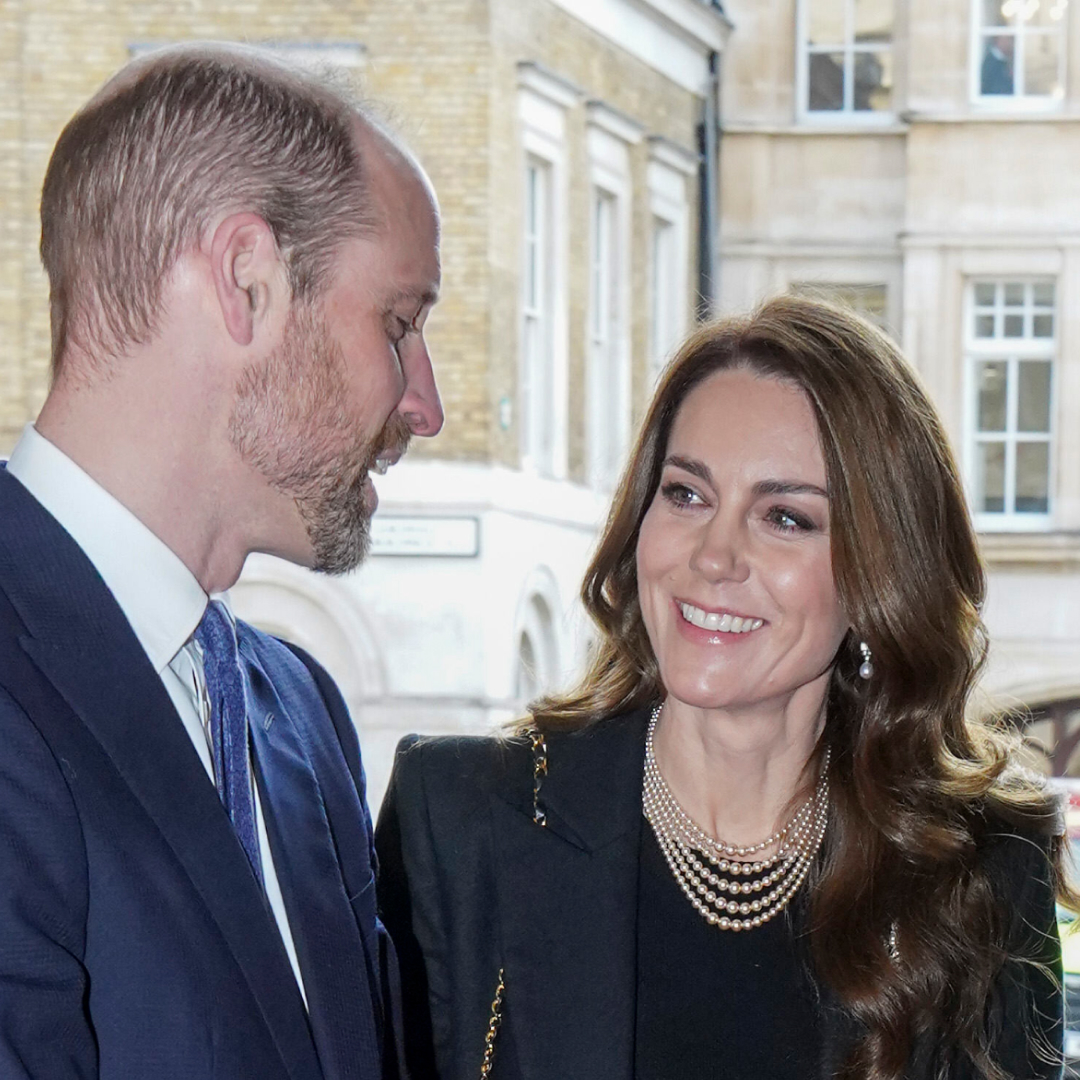 Prince William and Princess Kate’s Rarely Seen Family Member Stars in a Special Instagram Post
Prince William and Princess Kate’s Rarely Seen Family Member Stars in a Special Instagram PostThe Prince and Princess of Wales celebrated "joy" on a sweet holiday.
By Kristin Contino Published
-
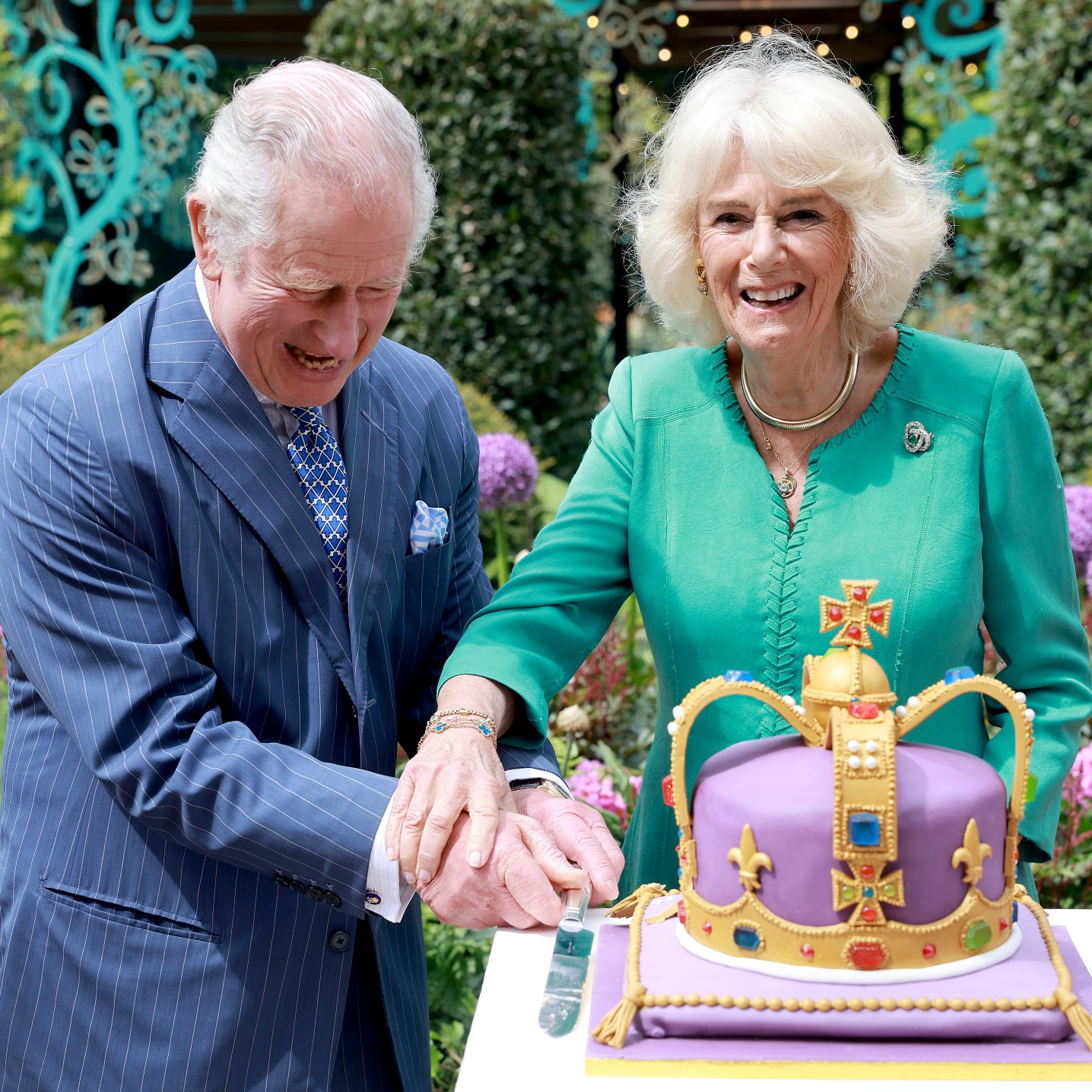 King Charles and Queen Camilla Experienced a Hilarious Self-Tan Incident That Caused Butler to Take "A Week Off"
King Charles and Queen Camilla Experienced a Hilarious Self-Tan Incident That Caused Butler to Take "A Week Off"Camilla "said it was awful," according to former royal butler Grant Harrold.
By Kristin Contino Published
-
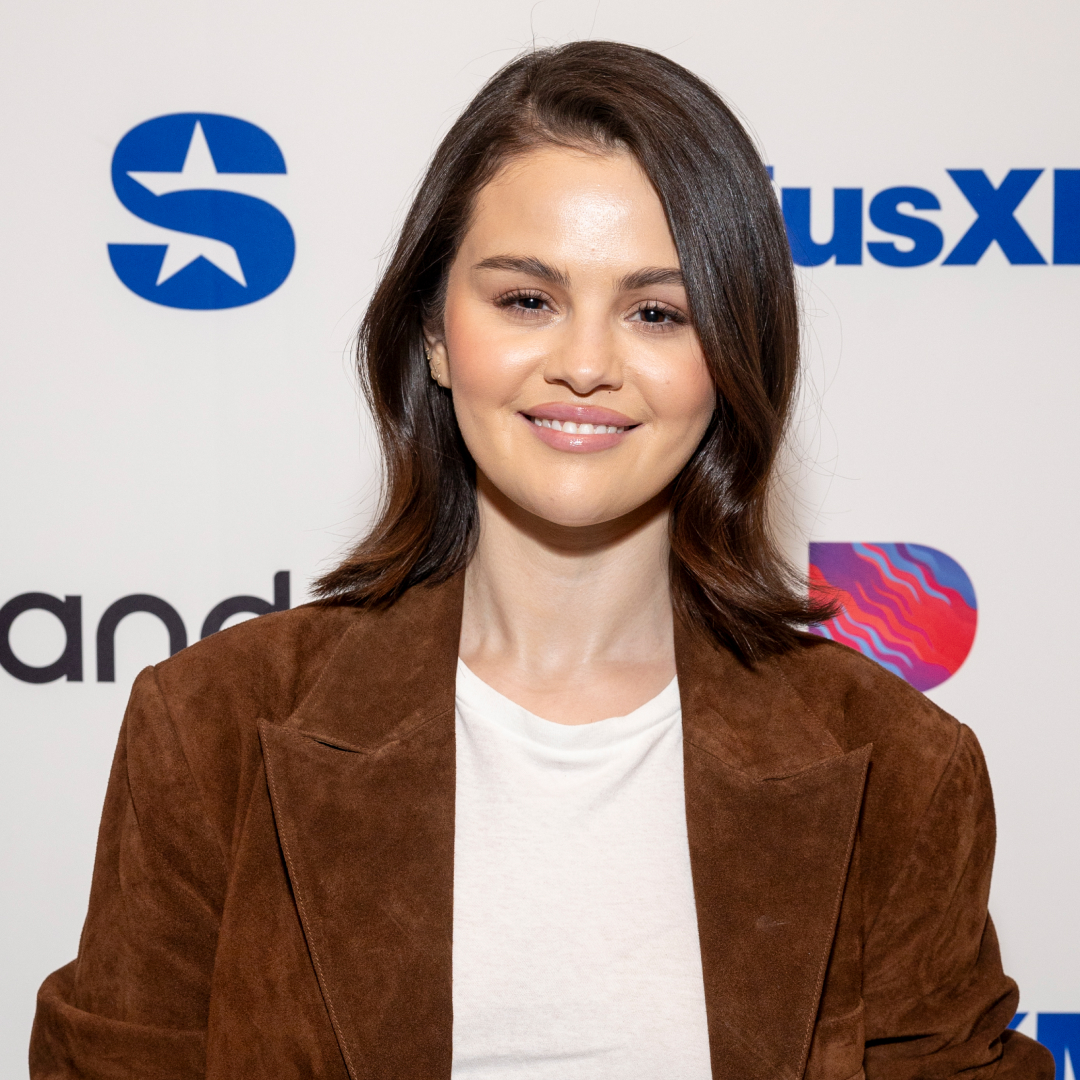 Selena Gomez's New 'Only Murders' Co-Star Is an Eternally Chic Coat
Selena Gomez's New 'Only Murders' Co-Star Is an Eternally Chic CoatThe star loves a classic layer, and so does her on-screen character.
By Lauren Tappan Published
-
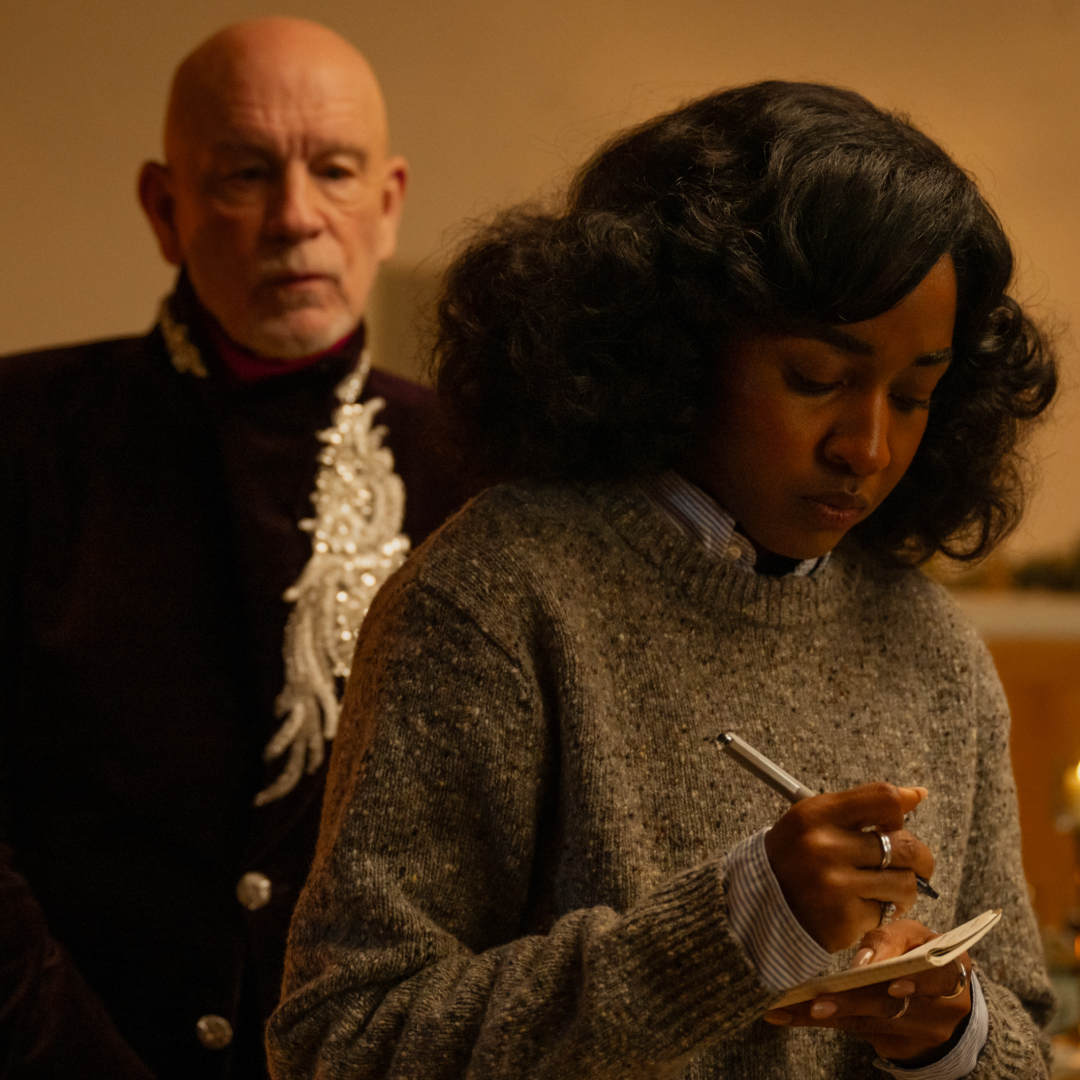 In 'Opus,' Cult Leaders and Pop Stars Are One in the Same
In 'Opus,' Cult Leaders and Pop Stars Are One in the SameThe A24 film's costume and production designers open up about crafting fictional pop icon Moretti’s style and mysterious estate.
By Sadie Bell Published
-
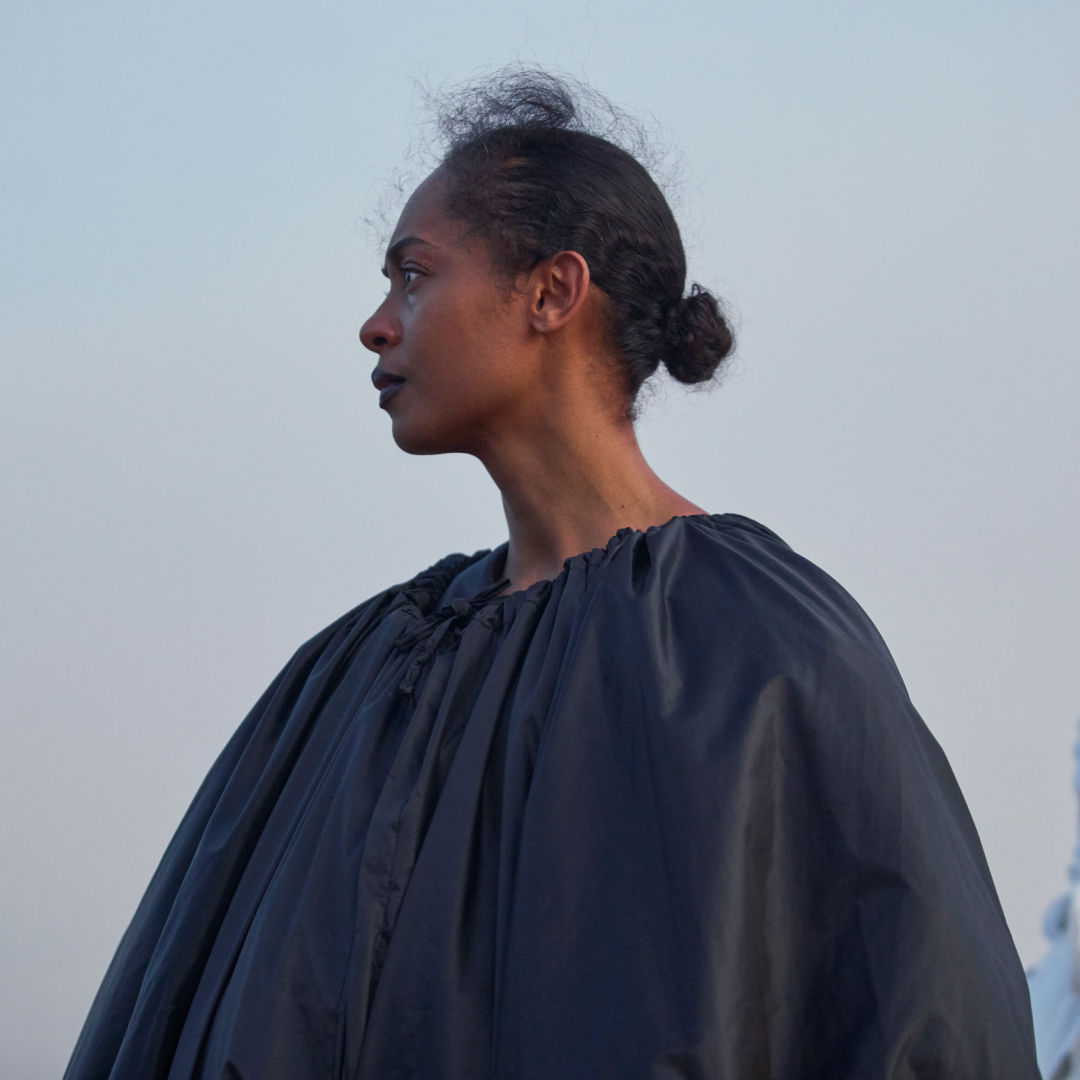 'On Becoming a Guinea Fowl' Is a Revolutionary Call to Speak Up Against Female Abuse
'On Becoming a Guinea Fowl' Is a Revolutionary Call to Speak Up Against Female AbuseAfter showing how a culture of silence around abuse can devastate entire generations, the arresting A24 film holds a mirror up to the audience and asks, \201cWhat happens if we scream?\201d
By Quinci LeGardye Published
-
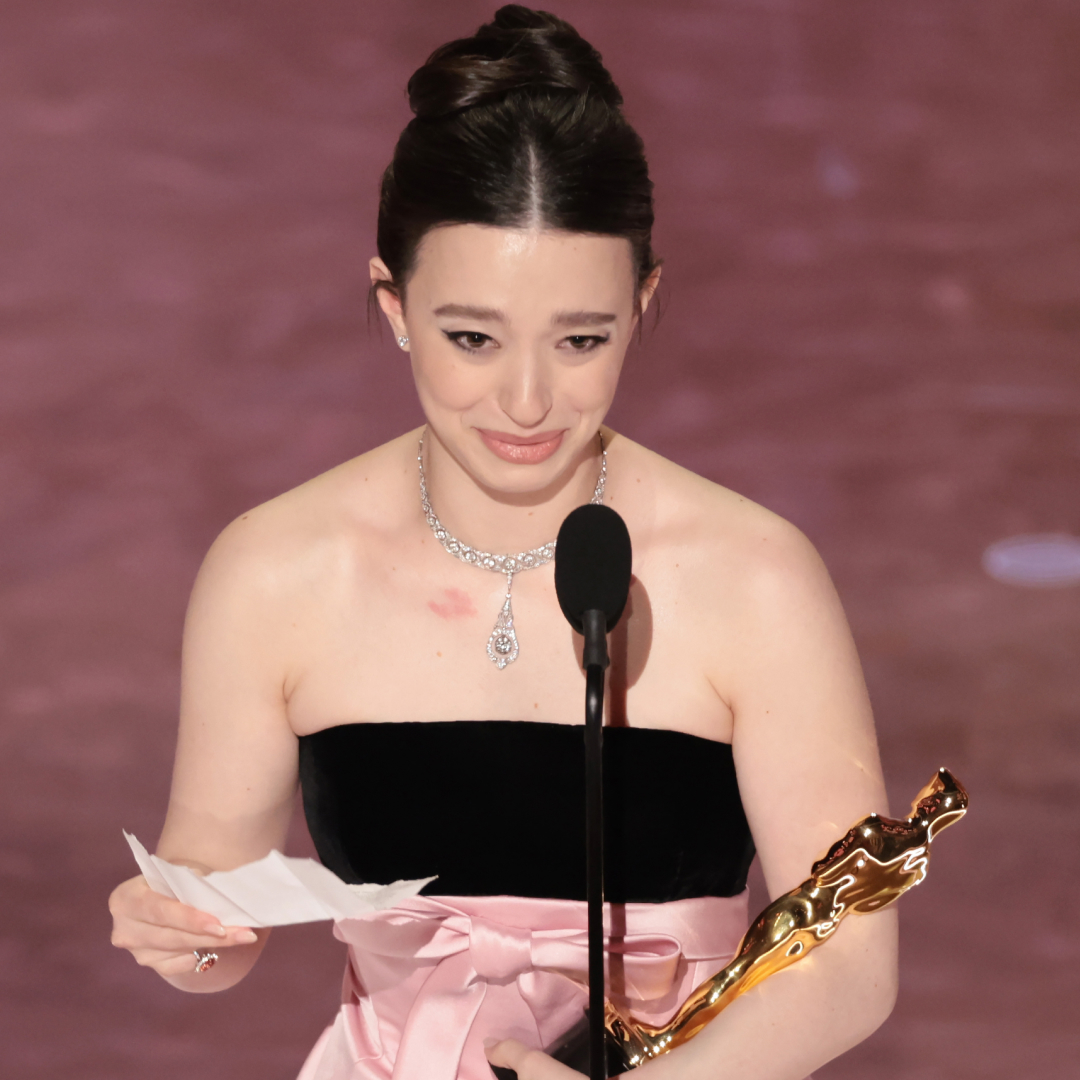 'Anora' Star Mikey Madison Takes Home the Best Actress Award at the 2025 Oscars in a Surprise Win
'Anora' Star Mikey Madison Takes Home the Best Actress Award at the 2025 Oscars in a Surprise Win"I will continue to support and be an ally."
By Quinci LeGardye Published
-
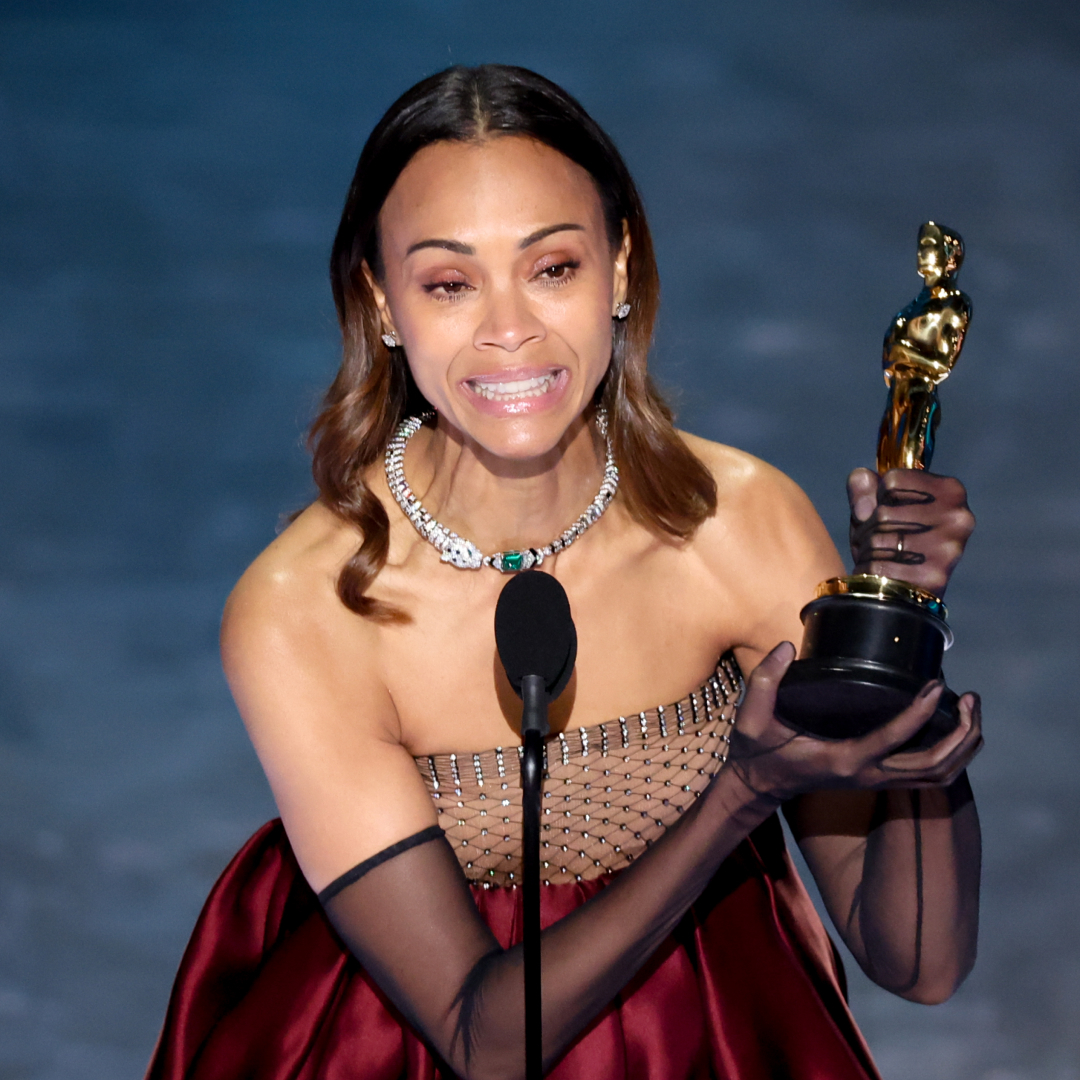 Zoe Saldaña Becomes the First American of Dominican Origin to Win an Oscar
Zoe Saldaña Becomes the First American of Dominican Origin to Win an Oscar"I am the first American of Dominican origin to accept an Academy Award and I know I will not be the last."
By Quinci LeGardye Published
-
 LISA, Doja Cat, and Raye Perform a Glamorous 'James Bond' Tribute at the 2025 Oscars
LISA, Doja Cat, and Raye Perform a Glamorous 'James Bond' Tribute at the 2025 OscarsThe Academy Awards are for the pop girls, actually.
By Quinci LeGardye Published
-
 Ariana Grande and Cynthia Erivo Open the 2025 Oscars With a Showstopping 'Wicked' Performance
Ariana Grande and Cynthia Erivo Open the 2025 Oscars With a Showstopping 'Wicked' PerformanceThe awards show began with a medley of songs inspired by the Best Picture-nominated film and adaptations of 'The Wizard of Oz.'
By Quinci LeGardye Published
-
 Everything to Know About the 2025 Oscars, From How to Watch to the Nominations
Everything to Know About the 2025 Oscars, From How to Watch to the NominationsIt's bound to be an unpredictable awards show.
By Quinci LeGardye Last updated
-
 Cazzie David Spent Five Years Fighting to Make an "Anti-Rom-Com" About Emotional Abuse
Cazzie David Spent Five Years Fighting to Make an "Anti-Rom-Com" About Emotional AbuseThe writer/actress opens up about how she found catharsis after a breakup by making 'I Love You Forever.'
By Sadie Bell Published
